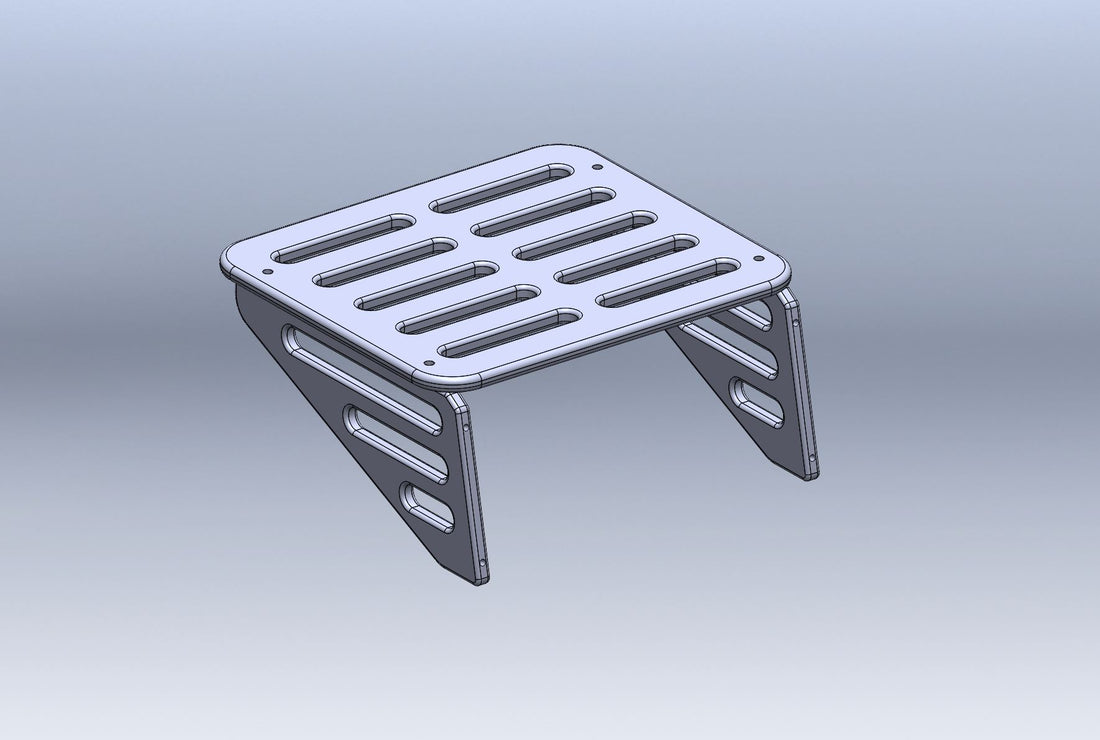
The Battle between 3D Modeling and 2D Modeling
Modeling is an essential part of any product design or development process. The method of building virtual structures, designs, or objects on a digital platform varies by design method. The two most commonly used modeling techniques are 3D modeling and 2D modeling. Both options come with their unique strengths and weaknesses that impact their usability in a design project. Hence, the question: which is the preferred modeling method? In this blog post, we will be discussing the features of 3D modeling and 2D modeling and the advantages they offer. Let's take a closer look.
3D Modeling is the preferred technique for creating prototypes, digital designs, and visual simulations of products. It enables users to create a virtual 3D design of a product with high precision and finesse. 3D modeling is fast becoming the most preferred modeling method because of its professional look and feel. One of the significant advantages of 3D modeling is the ability to include a realistic view of a product’s shape, size, and depth, which is impossible in 2D modeling. Additionally, 3D modeling provides more top-quality images that can be viewed from any angle than 2D models, making it perfect for product designs.
2D Modeling is the traditional method that involves drawing a design or shape on a flat surface. 2D modeling is still in use in today's world and is cheaper and easier to create than its 3D counterpart. 2D modeling is more straightforward and ideal for complex designs that require little attention to depth and details. The main attraction of this method is the cost-effectiveness that often comes with traditional design methods. Engineers and architects can create blueprints, plans, and specifications using 2D modeling, which is useful in reducing the cost of manufacturing.
Both 3D Modeling and 2D Modeling come with their unique features that offer advantages in different design projects. 3D modeling is perfect for shaped objects and detailed designs, giving a more realistic view of a product's physical size, shape, and depth. 2D modeling, on the other hand, is a great option where there is no need to show depth or shape, like blueprints and schematics. Both options are useful in different design areas, but in terms of visual impact, 3D modeling provides the most realistic and professional view.
The design industry has seen a lot of competition from 3D modeling and 2D modeling. The question of which is the best method still remains debatable as each technique serves a different purpose. However, in terms of visual impact, 3D modeling provides more realistic visual cues than 2D modeling. On the other hand, 2D modeling is cost-effective and therefore ideal for projects that require low budgets. Designers must understand both modeling techniques to decide which is best for their design projects. Whether you decide to use 3D modeling or 2D modeling, always remember to choose the one that best suits your project demands. Both modeling approaches are useful and serve different purposes, but the choice boils down to the type of design project you have at hand.
3D Modeling is the preferred technique for creating prototypes, digital designs, and visual simulations of products. It enables users to create a virtual 3D design of a product with high precision and finesse. 3D modeling is fast becoming the most preferred modeling method because of its professional look and feel. One of the significant advantages of 3D modeling is the ability to include a realistic view of a product’s shape, size, and depth, which is impossible in 2D modeling. Additionally, 3D modeling provides more top-quality images that can be viewed from any angle than 2D models, making it perfect for product designs.
2D Modeling is the traditional method that involves drawing a design or shape on a flat surface. 2D modeling is still in use in today's world and is cheaper and easier to create than its 3D counterpart. 2D modeling is more straightforward and ideal for complex designs that require little attention to depth and details. The main attraction of this method is the cost-effectiveness that often comes with traditional design methods. Engineers and architects can create blueprints, plans, and specifications using 2D modeling, which is useful in reducing the cost of manufacturing.
Both 3D Modeling and 2D Modeling come with their unique features that offer advantages in different design projects. 3D modeling is perfect for shaped objects and detailed designs, giving a more realistic view of a product's physical size, shape, and depth. 2D modeling, on the other hand, is a great option where there is no need to show depth or shape, like blueprints and schematics. Both options are useful in different design areas, but in terms of visual impact, 3D modeling provides the most realistic and professional view.
The design industry has seen a lot of competition from 3D modeling and 2D modeling. The question of which is the best method still remains debatable as each technique serves a different purpose. However, in terms of visual impact, 3D modeling provides more realistic visual cues than 2D modeling. On the other hand, 2D modeling is cost-effective and therefore ideal for projects that require low budgets. Designers must understand both modeling techniques to decide which is best for their design projects. Whether you decide to use 3D modeling or 2D modeling, always remember to choose the one that best suits your project demands. Both modeling approaches are useful and serve different purposes, but the choice boils down to the type of design project you have at hand.
